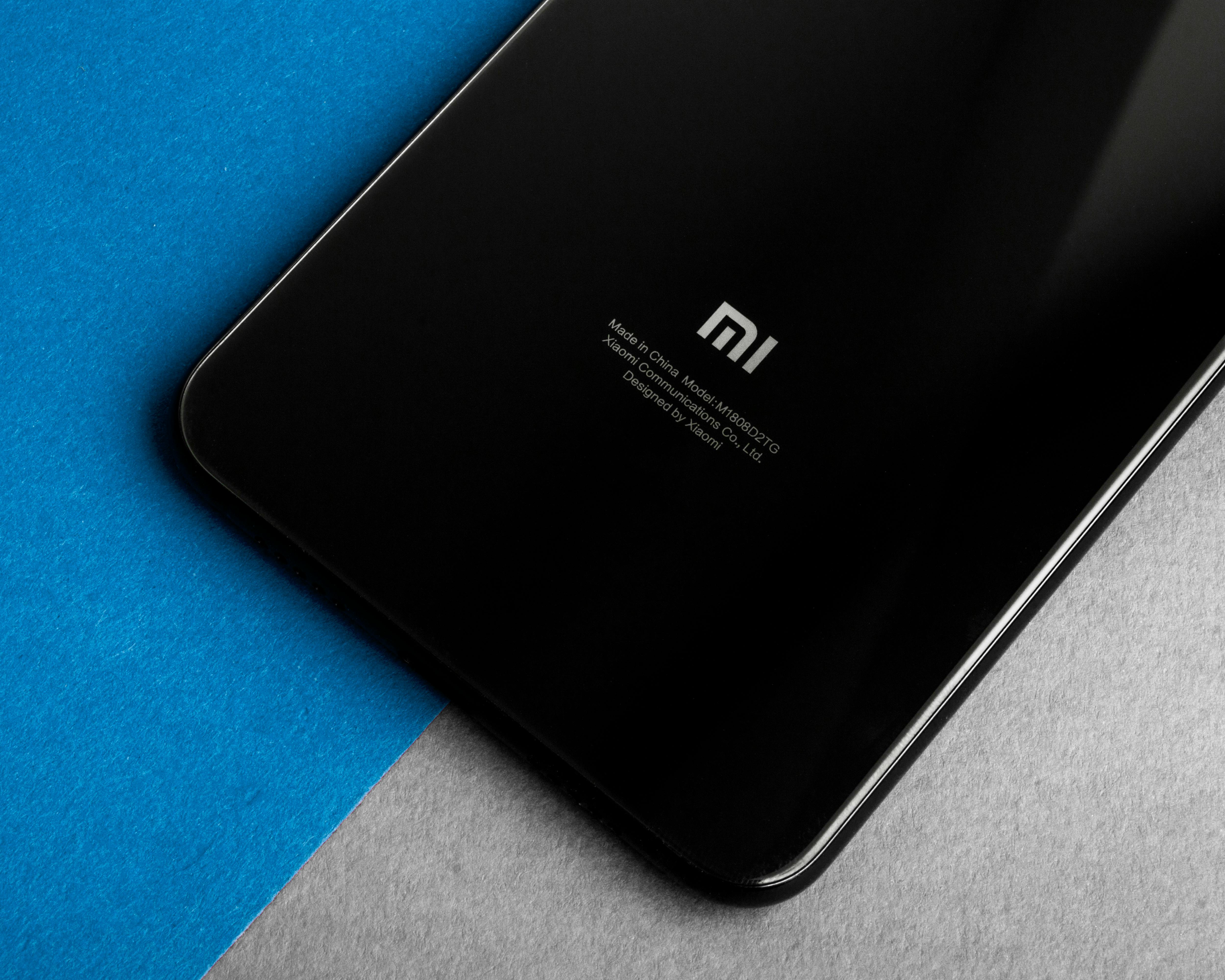Which Is Better, Samsung or Xiaomi?

When it comes to choosing a smartphone, Samsung and Xiaomi are two of the most popular brands that offer a wide range of devices for various budgets. Both companies are known for their innovative features, design, and performance, but which one is better? In this article, we’ll compare Samsung and Xiaomi across key areas to help you decide which brand suits your needs.
Quick Comparison Table: Samsung vs. Xiaom
| Feature | Samsung | Xiaomi |
|---|---|---|
| Design & Build Quality | Premium materials like glass and metal, foldable devices | Premium in flagships, plastic on budget devices |
| Performance | High-end with Snapdragon or Exynos chips, smooth One UI | High-end Snapdragon, similar performance at lower price |
| Camera Quality | Excellent, with 100x Space Zoom, 8K video | Great hardware, but Samsung has better image processing |
| Software Experience | One UI, frequent updates, clean interface | MIUI, feature-rich but can feel bloated, ads in system apps |
| Battery Life | Good battery life, slower charging (up to 45W) | Long-lasting, faster charging (up to 120W) |
| Price | Expensive, especially for flagship models | Better value for money, offers similar specs at a lower price |
| Update Support | 4 years of Android updates, 5 years security patches | Decent update support but not as long as Samsung |
| Charging Speed | Moderate (up to 45W) | Extremely fast (up to 120W) |
1. Design and Build Quality
Samsung
Samsung is known for its premium design in flagship models like the Galaxy S and Galaxy Z series. The use of glass and metal materials gives Samsung phones a sleek and high-end feel. The foldable Galaxy Z Fold and Galaxy Z Flip also showcase Samsung's commitment to futuristic and innovative designs.
Xiaomi
Xiaomi offers attractive designs across its range of phones, including the flagship Mi and Xiaomi 13 series, often featuring glass backs and aluminum frames. Xiaomi also experiments with unique form factors, such as the Xiaomi MIX series. However, Xiaomi’s budget and mid-range devices, like those in the Redmi series, often come with plastic builds, which can feel less premium compared to Samsung’s counterparts.
Winner: Samsung wins in premium design, but Xiaomi offers competitive designs at lower price points.
2. Performance
Samsung
Samsung’s flagship models feature top-tier processors, such as the Qualcomm Snapdragon 8 Gen 2 or Samsung's own Exynos chips (depending on the region). These phones deliver blazing-fast performance for gaming, multitasking, and demanding applications. Samsung’s One UI software is also optimized to run smoothly, although it can be heavy for some users.
Xiaomi
Xiaomi also uses top-of-the-line Snapdragon processors in its flagship devices, ensuring excellent performance comparable to Samsung’s high-end models. Xiaomi’s MIUI skin on Android is feature-rich, though it can sometimes be bloated with pre-installed apps. However, Xiaomi often offers similar performance at a more affordable price.
Winner: Tie — Both brands offer exceptional performance in their flagship models, though Xiaomi provides similar capabilities at a lower cost.
3. Camera Quality
Samsung
Samsung has a strong reputation for its camera systems, particularly in the Galaxy S and Galaxy Z series. Features like 100x Space Zoom on the Galaxy S Ultra models and excellent low-light performance set Samsung apart. Samsung also excels in video recording, offering 8K video on its flagship devices.
Xiaomi
Xiaomi’s flagship phones, such as the Xiaomi 13 Ultra, offer impressive cameras with high megapixel counts and advanced features like 108MP sensors and periscope zoom lenses. However, Samsung’s software optimization for photos and videos often results in better image processing, especially in low-light conditions and video stabilization.
Winner: Samsung leads in overall camera performance, particularly in video quality and low-light photography, though Xiaomi offers impressive camera hardware for the price.
4. Software Experience
Samsung
Samsung uses One UI, a custom skin over Android, which is praised for its clean design, intuitive interface, and frequent updates. Samsung also guarantees four years of Android updates and five years of security patches for its flagship models, providing long-term support.
Xiaomi
Xiaomi’s MIUI is feature-rich but can be overwhelming with a mix of useful and unnecessary features. Ads in the system apps and UI can also detract from the overall experience, especially on budget models. Xiaomi does offer decent update support, though it generally lags behind Samsung in long-term software maintenance.
Winner: Samsung provides a cleaner, more polished software experience and better long-term update support.
5. Battery Life and Charging
Samsung
Samsung’s high-end models, such as the Galaxy S23 Ultra, offer solid battery life with 5000mAh batteries and optimized software for efficient power consumption. However, Samsung’s charging speeds tend to lag behind competitors, with fast charging maxing out at around 45W in most models.
Xiaomi
Xiaomi excels in battery technology, especially in the mid-range and flagship segments. Many of Xiaomi’s devices offer fast charging speeds up to 120W, allowing phones to charge fully in less than 30 minutes. Xiaomi also tends to include larger battery capacities, giving its phones excellent battery life.
Winner: Xiaomi takes the lead with faster charging speeds and larger batteries, though Samsung offers reliable battery life with slightly slower charging.
6. Price and Value for Money
Samsung
Samsung’s flagship devices are among the most expensive on the market, with the Galaxy S Ultra series often exceeding $1,000. While the quality and features justify the price for many, Samsung's mid-range offerings, like the Galaxy A series, can be pricier compared to Xiaomi devices with similar specs.
Xiaomi
Xiaomi is known for offering exceptional value for money. Whether it’s the flagship Xiaomi 13 Pro or budget devices in the Redmi series, Xiaomi often provides features and performance that rival Samsung at a lower price point. This makes Xiaomi a better option for budget-conscious buyers.
Winner: Xiaomi offers better value for money, especially in the mid-range and budget segments.